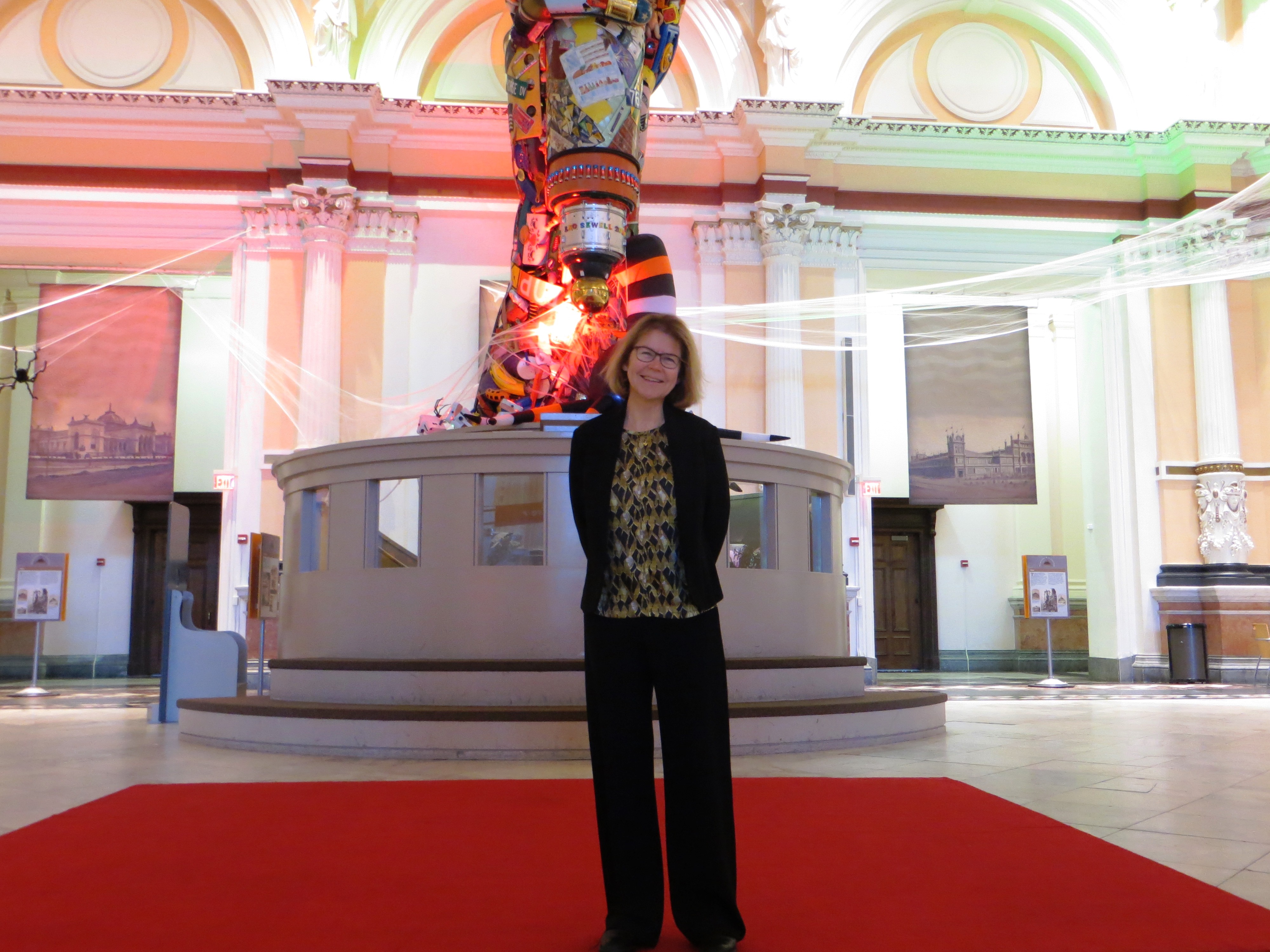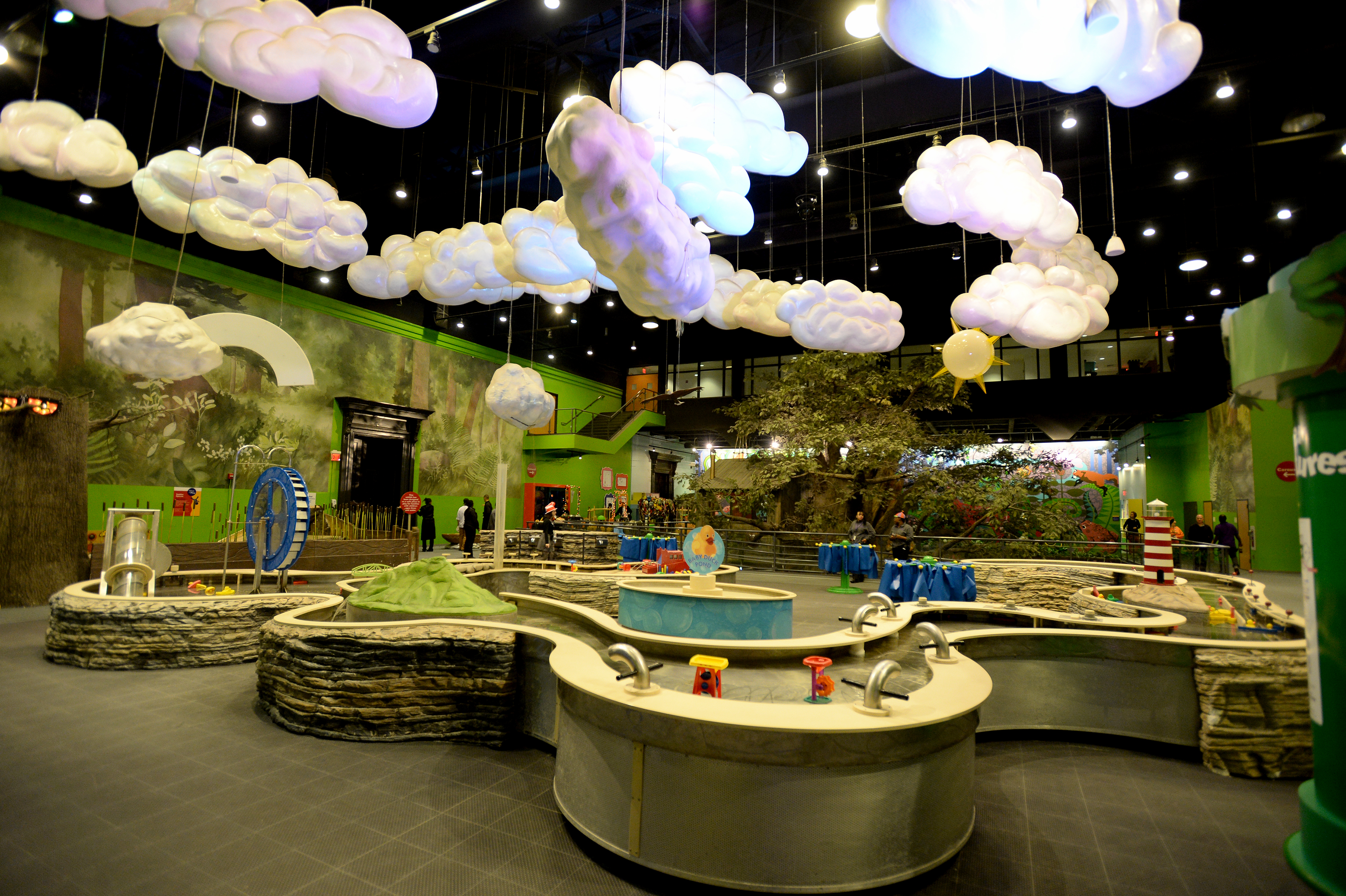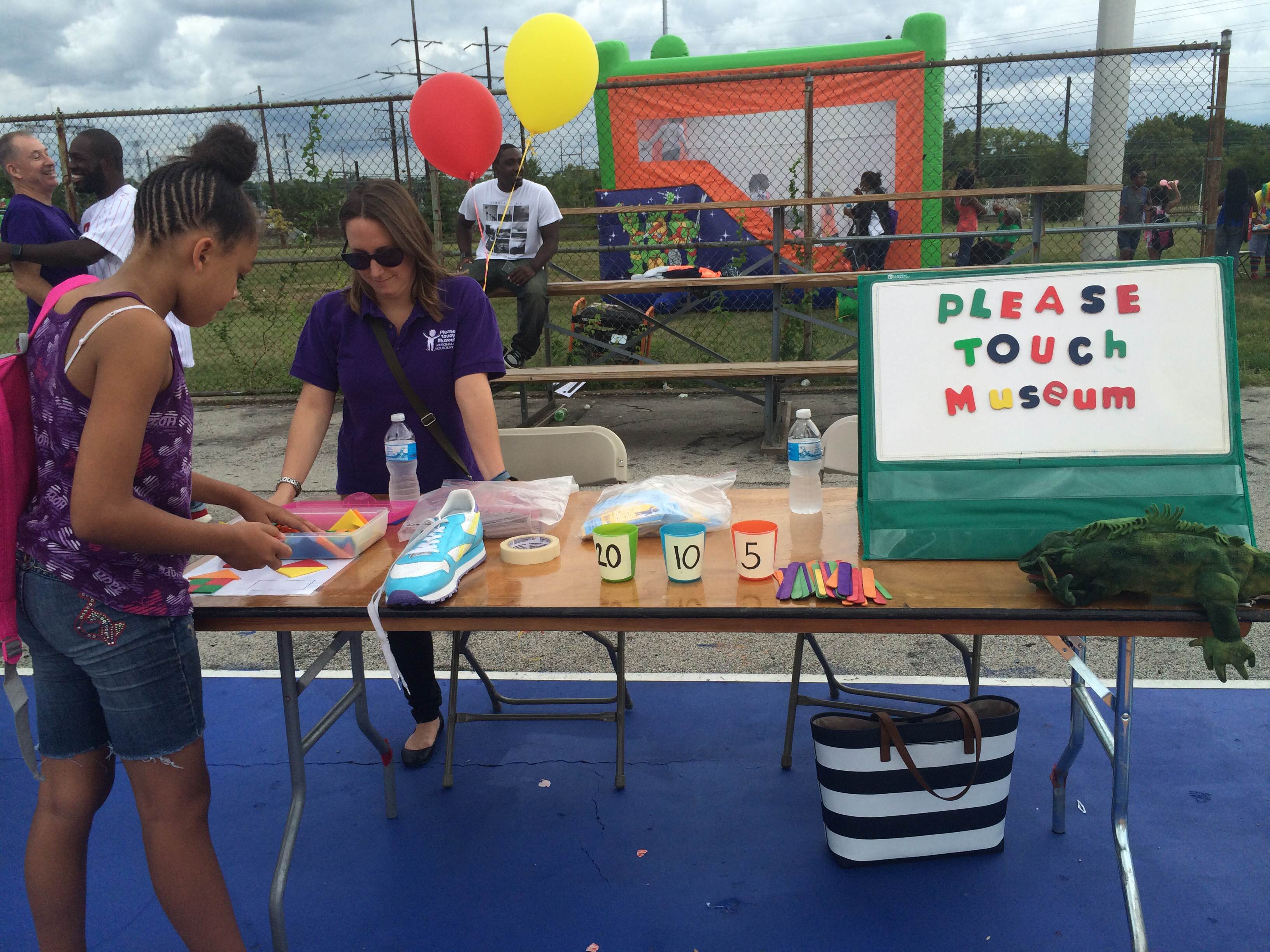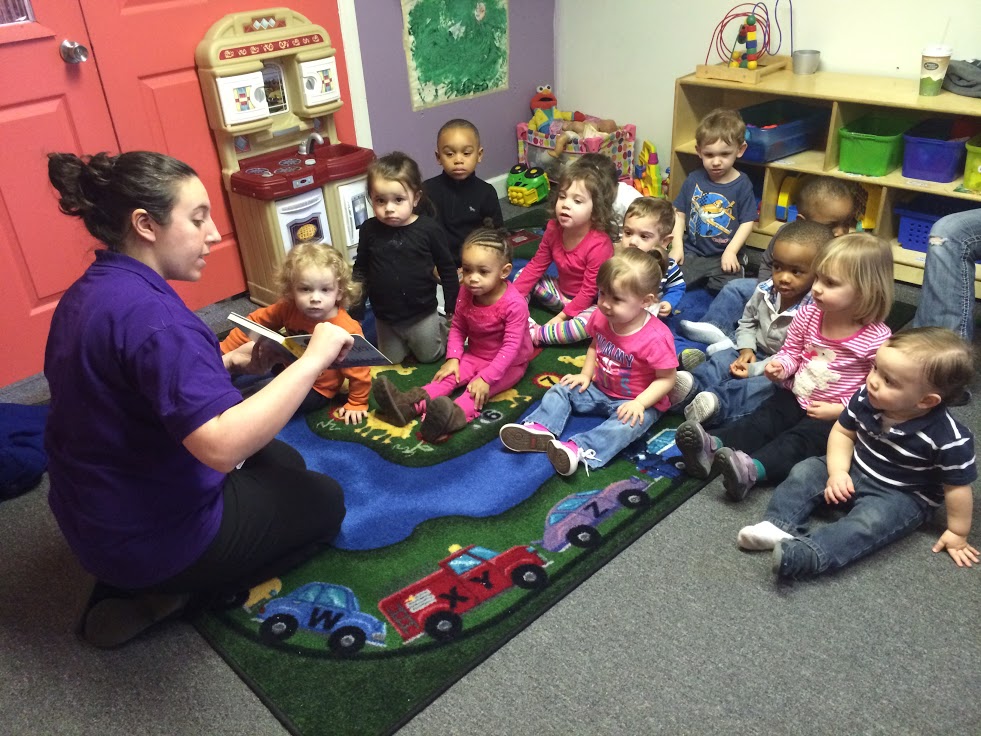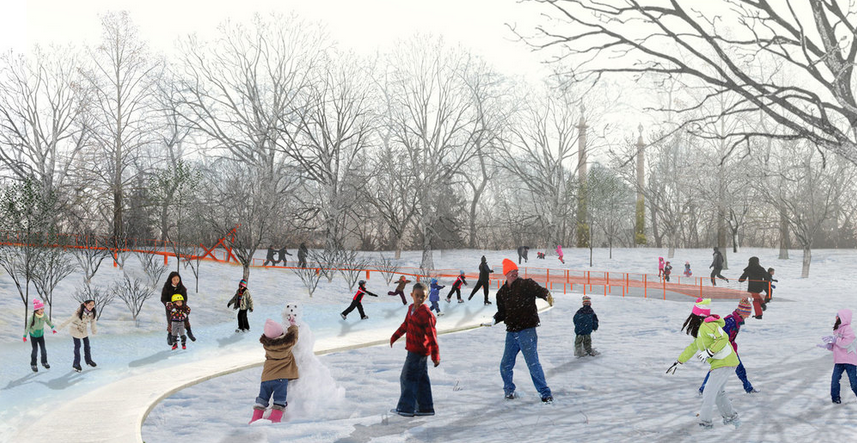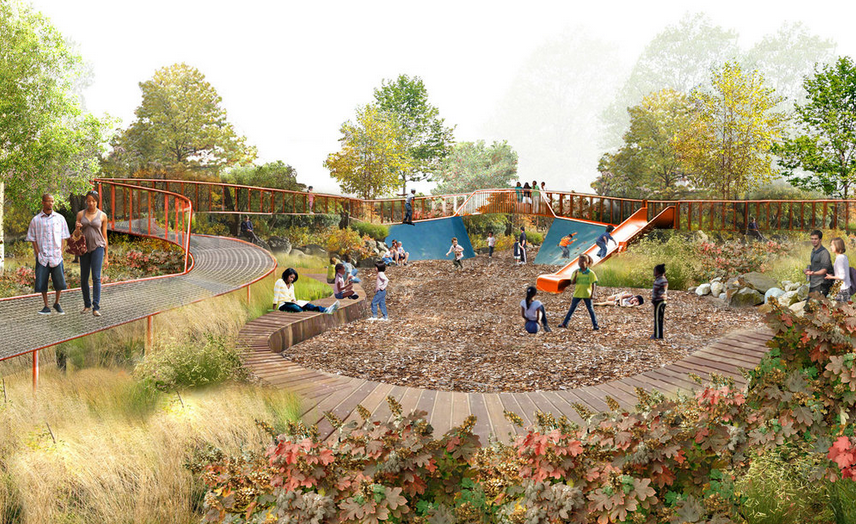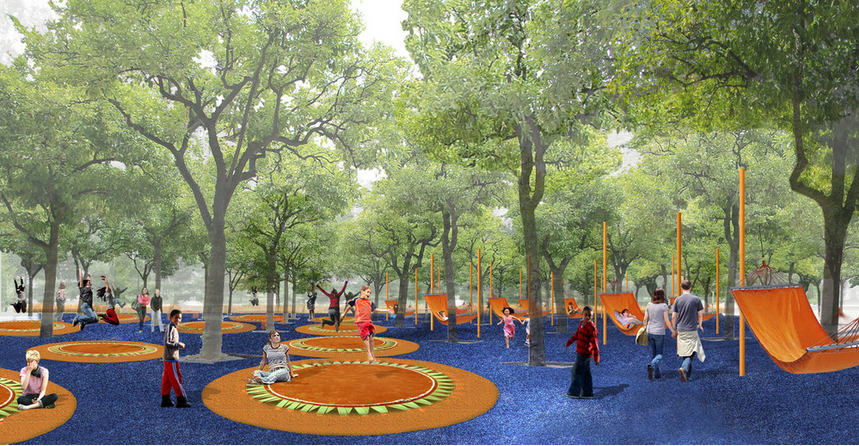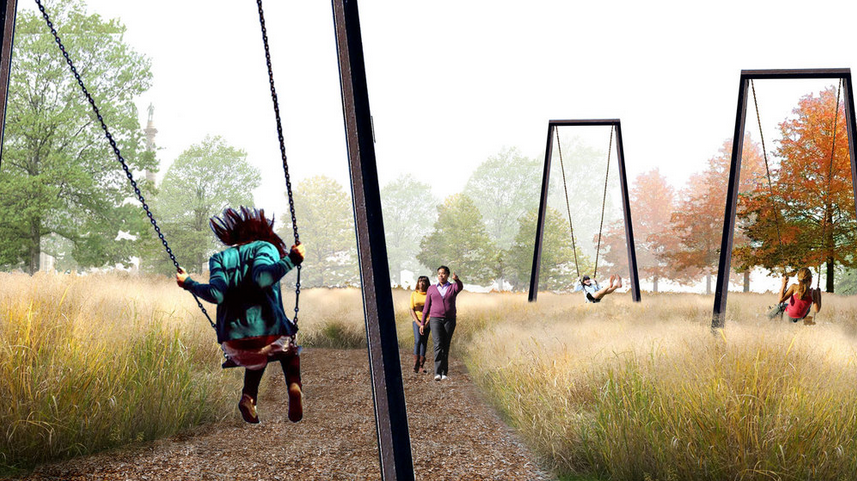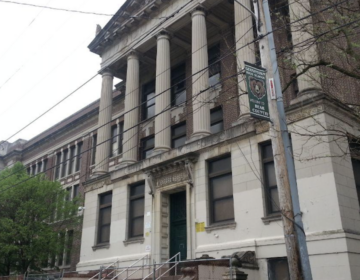Please Touch Museum hopes to keep growing with the Centennial District
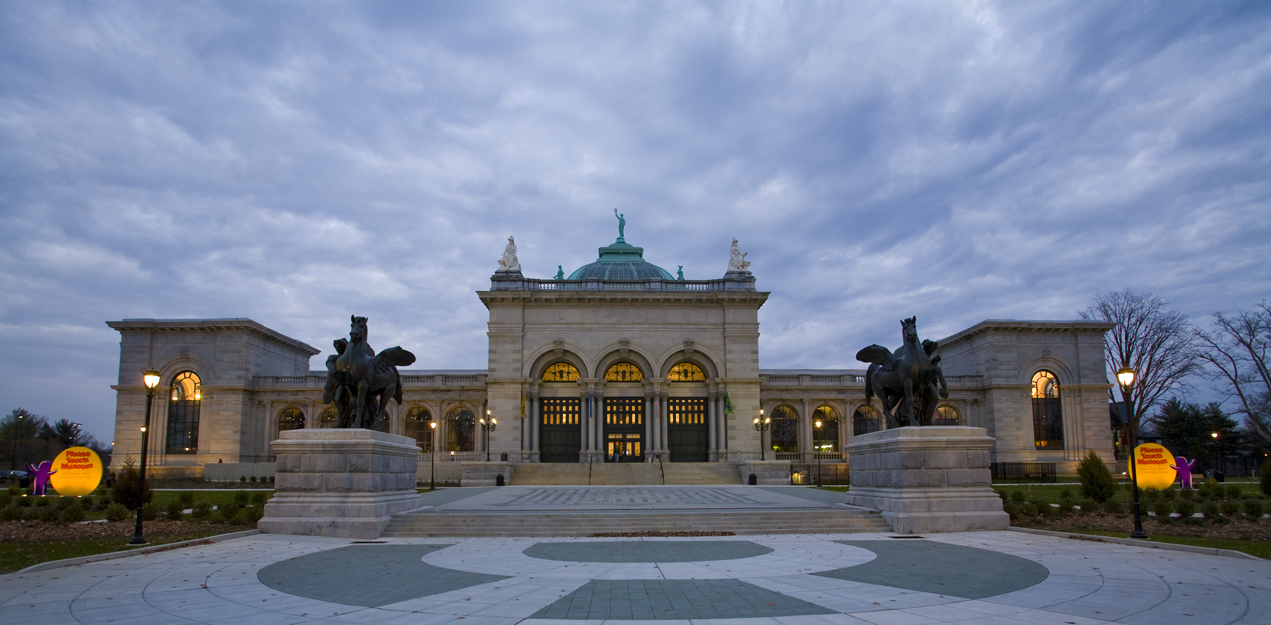
The dome of Memorial Hall and its statue of Columbia can be seen from across the Schuylkill and from miles away — a symbolic high point in Philadelphia’s reputation, when 10 million visitors came to celebrate the country’s centennial.
In more recent years, the green dome rising over the treetops of Fairmount Park has been a beacon for children – and their parents – looking forward to uniquely engaging play in the Please Touch Museum, the building’s tenant since 2008. More than half a million guests passed through its doors last year.
But the Please Touch Museum filed for bankruptcy in September and must raise $10 million by March to fulfill the terms of its settlement with bondholders, who last year proposed selling the museum’s extraordinary exhibits and collections to cover part of its debt.
If the museum doesn’t meet its fundraising goals and is forced to close or move, it would mean more than disappointment for its hundreds of thousands of young fans. The majestic hall would again go dark, with the daunting task of finding another suitable, stable tenant that could preserve one of the city’s finest historic resources. And the momentum that has been building in the residential and business communities of the Centennial District, and in the rebirth of west Fairmount Park, would suffer a major blow.
Failure, according to all these stakeholders, is not an option.
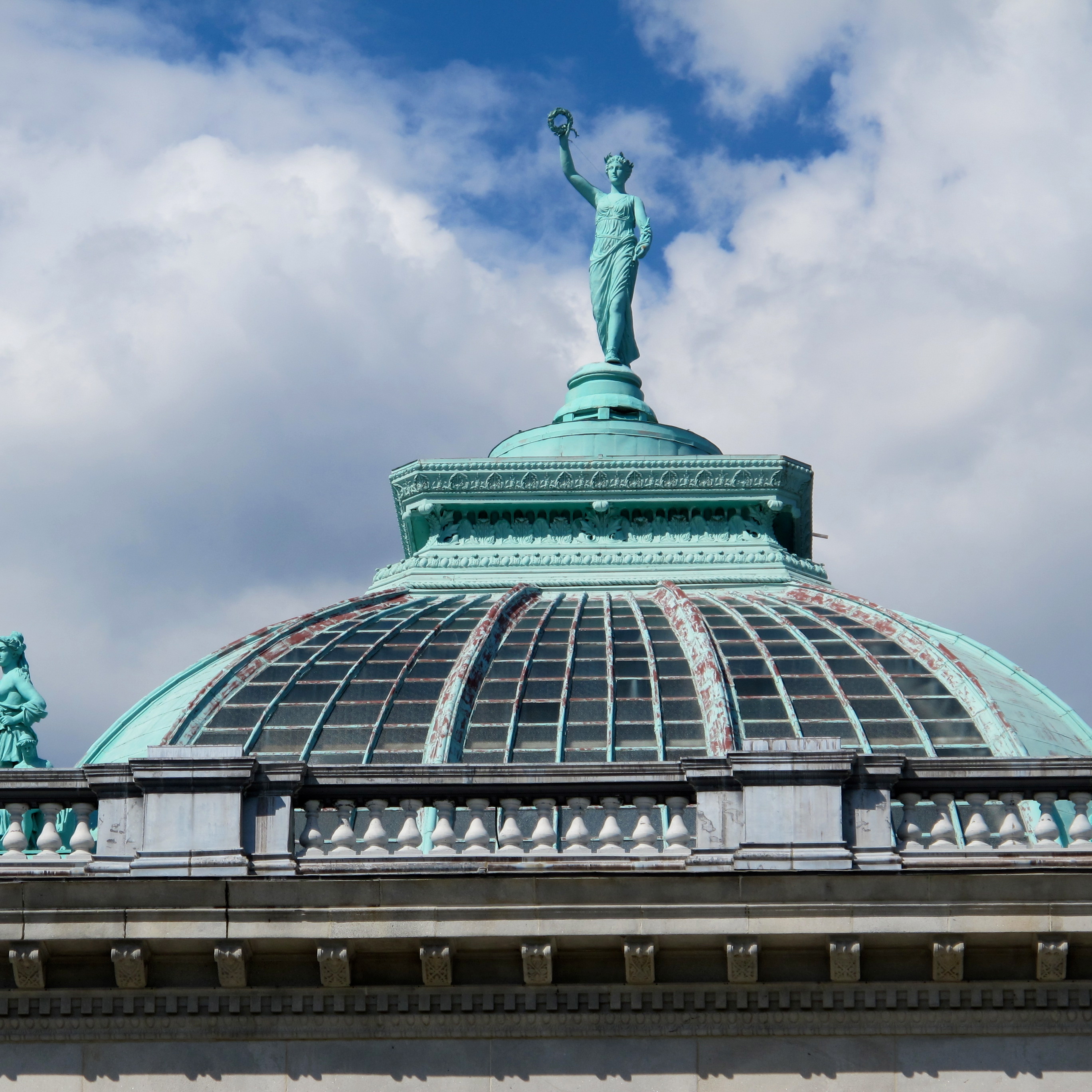
The big move
Back in 1999, the Please Touch Museum was in a cozy little home across 21st Street from the Franklin Institute, entertaining and educating 150,000 to 180,000 visitors a year. “It was bursting at the seams,” said Lynn McMaster, the president and CEO of the Please Touch for the past two years. “The museum had huge market potential that it was not able to realize,” McMaster said, and “it absolutely had to make a move. There was no question about it.”
As beautiful and vibrant as the arts corridor of the Ben Franklin Parkway was, the children’s museum had no room to grow.
The city, meanwhile, was turning its attention to the potential on the west side of Fairmount Park, where the Philadelphia Zoo and the Mann Center for the Performing Arts were already strong cultural anchors.
Memorial Hall had been shuttered since 2000, after many temporary reuses. After its year of glory as the art gallery for the 1876 Centennial Exposition, the Beaux Arts building had housed the city’s art museum, a school of industrial arts, a gym and swimming pool, a police station, a recording studio for the Philadelphia Orchestra, and the Fairmount Park Commission’s headquarters. The building had suffered years of insensitive alterations and was in need of major repairs when, in 2003, the Please Touch announced that it would lease the building from the city for its new home.
The $88 million restoration included cleaning the granite exterior, replacing carved stone, designing new windows modeled after original configurations, and new wood doors based on historic photos. Damage from the leaky roof required restoration of plaster and metal ornamentation, and many of the interior marble floor stones had to be reset. When it was finished, the nearly six-year rehab project was honored with a Grand Jury Award from the Preservation Alliance for Greater Philadelphia for the excellent reuse of a city landmark.
“When Memorial Hall came along as an opportunity, in collaboration and with support of the city, many of the stakeholders in the community recognized what the growth was going to mean for a cultural institution that had had a lot of success,” McMaster said.
“They also recognized that this was an opportunity to save the building, which had been in disrepair. It is a significant building not only to this city, but to the United States. And I feel that in many ways, it was meant to be. The 1876 Centennial was about innovation and the dynamics of new and young and fresh ideas,” an approach that is at the heart of the Please Touch educational philosophy, she said.
“I think there is a certain serendipity about being here that I find very exciting. And I feel this home is the one we’re meant to be in.”
The big plans
A master plan for the new Centennial District was announced in 2005, which introduced concepts to link the three anchors – the Zoo, Mann Center and Please Touch – in the widespread district. A five-kilometer pedestrian loop linking the venues, a tram service, and other public transit alternatives were discussed. So were a new children’s theater to replace the old Playhouse in the Park, an expansion of the Horticulture Center, and a giant Ferris wheel.
Legislation was introduced in the Senate to bring $45 million in federal aid for capital improvements, and a similar bill was brought to the House.
All of this before 2008, the year the Please Touch Museum opened.
“The plan was incredibly ambitious,” said Kathryn Ott Lovell, executive director of the Fairmount Park Conservancy since 2011. “That master plan was under-realized over the last 10 years. The state of the economy and the impact of the recession were significant,” and the federal earmarks for west Fairmount Park never happened.
The recession also meant a drop in the real estate market, and the Please Touch never realized its projections for the sale of its 21st Street property.
“When the leadership of this organization was planning this move, they could never have foreseen the economic change that would take place,” McMaster said. “We couldn’t know that the philanthropic world was going to be turned on its head. Many of our donors were hit fairly significantly, and fundraising became very flat.
“It was quite a challenge, and in order to make the move here, there was bridge financing that took place.”
McMaster said the recent settlement with the bondholders will “wipe $60 million of debt from our balance sheet. And the $10 million fundraising campaign completely changes the future of this organization. It is a cup half full. It’s meant that the organization is going to have a chance to think about stepping into its future in so many exciting ways.”
A few weeks into the campaign, the museum has raised $1.25 million, and is “in conversations with many of our stakeholders and committed philanthropists,” McMaster said. “We very confident that we’re going to have the support in the community to realize our campaign.”
Local impact
Local support for the Please Touch Museum had to be earned. Lucinda Hudson, board president of the Parkside Association of Philadelphia, didn’t like the idea of a new tenant for the historic building in the park when the conversations began in 2003.
“Memorial Hall had been a mainstay for the community, especially for women’s sports and for the pool,” Hudson recalled, and the neighbors enjoyed the expansive lawns around the building for family picnics and games. And over the years, Hudson had heard many other requests for support for projects in Parkside that never came to fruition.
So a skeptical Hudson met with then-museum director Nancy Kolb. “When I saw how genuine and honest she was, and how she came directly to the community — she made my day. We met several times before the public hearing [on the museum’s move], and I went to that meeting and supported her. When it was finished, all the things she said they’d do, they have done.”
When the museum opened, it helped form a neighborhood coalition “so we can be part of what goes on in there,” Hudson said. Monthly meetings bring together school representatives, religious groups, and community leaders from the east and west sides of the park. “We talk about what goes in the neighborhoods and what’s coming up in the museum.”
The museum supports and participates in the annual Parkside Day, in health fairs, and the National Night Out, often donating tickets for raffles or for children and volunteers in the neighborhood to visit the Please Touch. “If we weren’t getting those tickets, a lot of kids wouldn’t be able to go,” Hudson said.
McMaster estimates that 10 to 15 percent of the museum’s visitors come from the Parkside neighborhood.
“They came to us when this community was downtrodden and beaten down,” Hudson said. “They promised us things and they kept their word. They are community-oriented and community-engaged.”
If the museum left Memorial Hall, she added, “it would be a horribly beautiful empty building. And it would take away all that support for the community.”
The local business community has also felt the positive impact of the Please Touch. Marjorie Ogilvie, a board member of the Business Association of West Parkside, said the museum’s presence has “changed the outside perception of the area.”
“The business community was very supportive of the move and advocated for it. It’s given legitimacy to the whole Centennial District concept,” she said.
Miller Parker, Ogilvie’s fellow board member and co-owner of the Philadelphia Business &Technology Center on Parkside Avenue, said the Please Touch has helped bring visibility to the smaller attractions in the Centennial District, including the Shofuso Japanese House and Garden, the Philly Pumptrack for bicyclists, and the Philadelphia Stars Negro League Memorial Park.
“The tour buses and visitors are starting to move that way,” Miller said. “This is developing the trust and safety that people need to come into the district. We see families driving through and they’re surprised that all these things are here. The groundswell is developing, and if the Please Touch Museum wasn’t here, it would not be happening.”
Future investment
Although the federal support sought a decade ago never came through, the Obama administration designated the Mantua and Parkside neighborhoods a Promise Zone in 2014, which will mean federal funding opportunities, business incentives, and job creation and education programs.
The city is moving forward on new investments in the Centennial District, including the “Centennial Commons,” a $7 million recreational space adjacent to the Please Touch designed by Studio Bryan Hanes, including rustic play areas, picnic areas, a water path that becomes a skating loop in winter, and spray park. Groundbreaking for the first phase is scheduled for the spring, with completion of the play spaces expected by the following year. “We chose that site because of the presence of the museum,” said Lovell, a Please Touch member who regularly visits with her kids.
“The museum has been a critical piece of the renaissance that’s happening in west Fairmount Park. When the idea of a Centennial District was born 10 years ago, the first manifestation was the museum’s move to Memorial Hall. I feel that they don’t get the credit they deserve for the building and the park,” she said. “They created such a presence there. It’s critical to the future of the park that they be successful.”
The 2005 master plan may have been too bold in many ways, Lovell said. Amenities like benches and public restrooms, or places to eat, never materialized. “There was nothing to do there, so the Please Touch Museum has been stranded.” The Conservancy’s focus is now on building success section by section in the park, with the Centennial Commons as a major vote of confidence in the viability of the museum and the neighborhood.
“The museum’s not going to leave,” Lovell said. “It’s not going to happen. We care too much about our cultural institutions in Philadelphia to let that happen. It is in some level of crisis now, but it’s a crisis that can be managed.”
WHYY is your source for fact-based, in-depth journalism and information. As a nonprofit organization, we rely on financial support from readers like you. Please give today.



